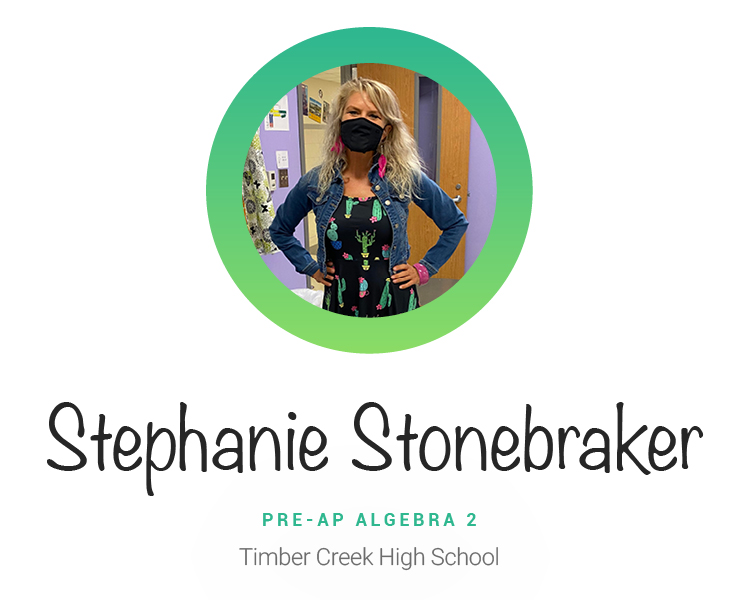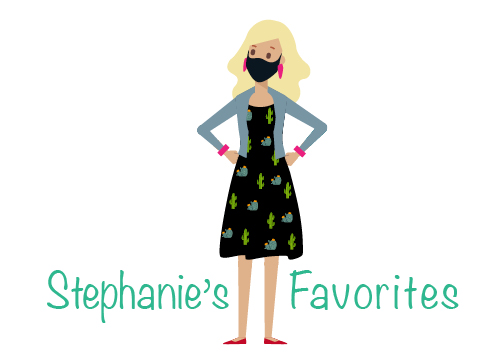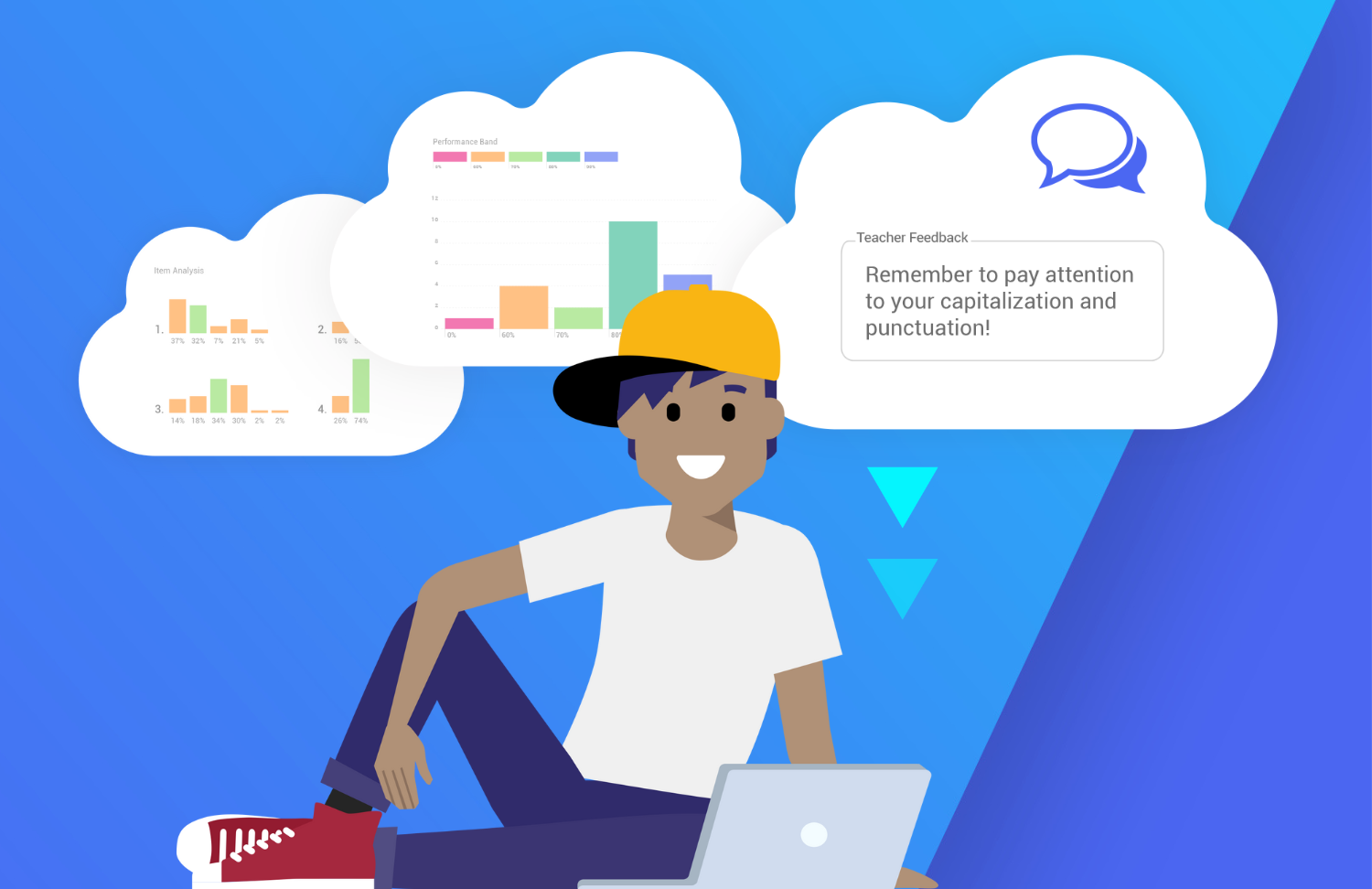Teacher Feature: Stephanie Stonebraker
Let’s celebrate the educators making a difference day in and day out for their students.
Nothing about this school year has been normal, but teachers and administrators are working tirelessly to make sure their students make progress despite the odds. They inspire us. We hope they inspire you too.

Q: Describe your teaching approach and how it has been impacted by remote/hybrid learning.
My teaching approach is to make real connections with students so they know I am invested in their learning. I like to create a culture of error, so they know it is okay to make mistakes while we are learning, and then adjust instruction when I know where we are struggling. I have really had to get creative to do this socially distantly and with asynchronous classes. I will make jokes in my recordings and answer myself about how excited I am for a lesson since I can’t record an audience. I am consistently using memes and hashtags (even some TikToks) to connect with the kids and let them I have their backs. I also like to put some personal questions in my google attendance forms asking their favorite dessert or where they are studying in their house. I consistently check in on their stress level and time management skills and they reach out with the most interesting stories.
Q: How were you introduced to Gradient, and what sold you on it?
I got started with it after seeing it used in a training a few years ago, and I have stayed with it out of pure necessity! I have always had classes of 34 and up, so I have to be efficient with grading.
Q: Do you have any tips for teachers just starting to use Gradient?
It may seem time consuming in the beginning, but you will have those assessments for life! Next year you can tweak them, if needed, but the bulk of creating the problems in a format that is usable will be done. Also, get creative because they do not have to just be multiple choice. If the answer is in the form of a new equation, then you can break up into three questions for each part of the equation. Or for ordered pairs, you could ask for only one coordinate as a gridded response instead of multiple-choice answers of all the ordered pairs.
Q: What role does data play in your school and how do you leverage it to inform what you do in the classroom?
Not only do I use the data to change instruction or spiral back over topics that are still being missed, but I have used the data from Gradient as documentation of my success in my end of year evaluations.
Q: What has kept you motivated as a teacher since the start of COVID-19?
The students! I was nervous about coming back in person for safety reasons, but I knew as soon as I saw their faces (or the top half anyways) everything would be okay. We show up every day for the human connection whether it be virtually or in person.
Q: What’s the most satisfying part of your job?
The part of my job I enjoy the most is to watch students persevere through their learning and show grit. Those are going to be the people that change the world for our future.

Gradient Question Type:
Gridded Response
Gradient Feature:
Customizable Grids
Gradient Report:
Item Analysis, but By Class, so I can see how to improve the way I taught a lesson.
Lunch Item:
Greek yogurt with sugar-free cheesecake mix!
Favorite Quote:
“Whether you think you can or can’t, you are right.” – Henry Ford


